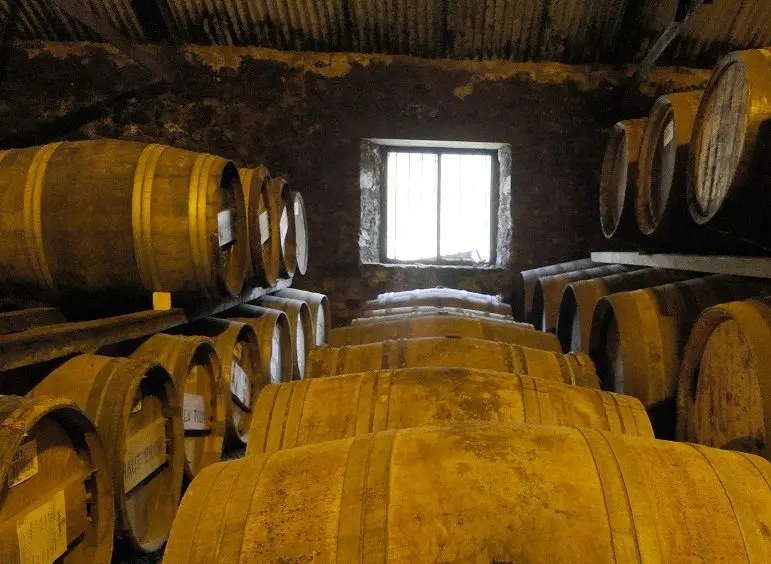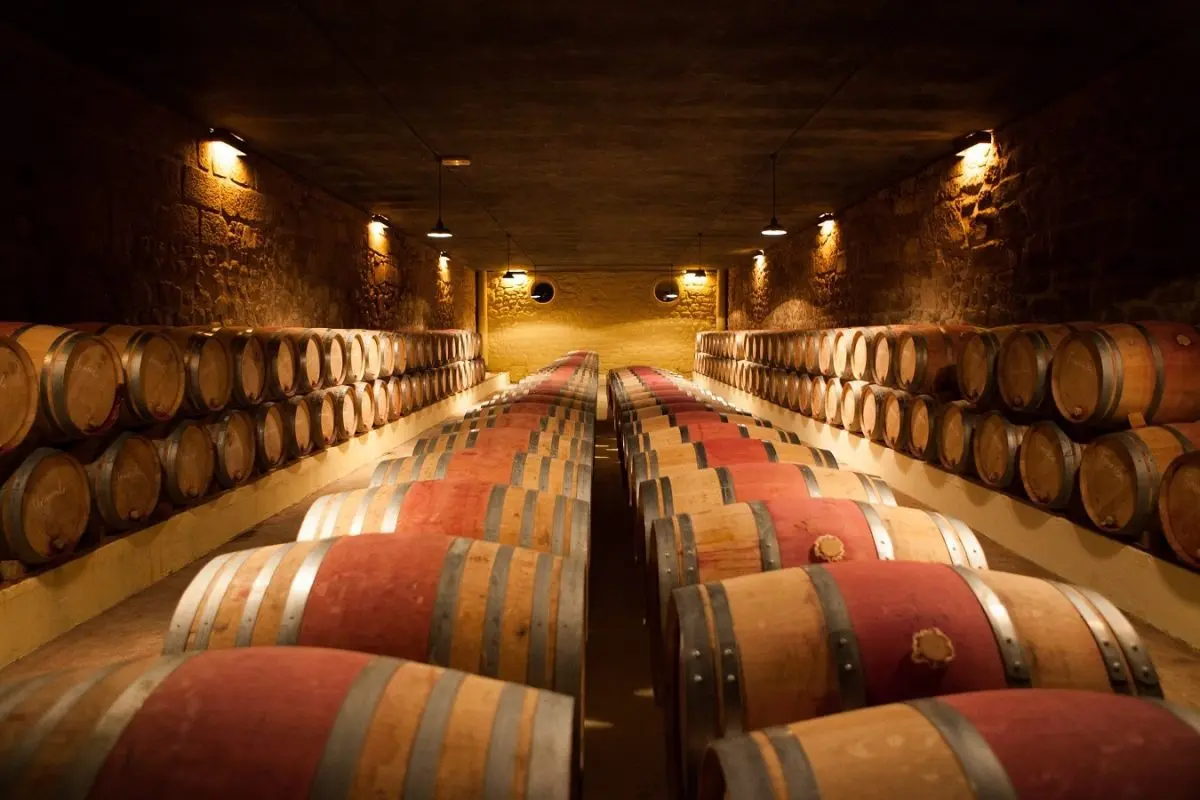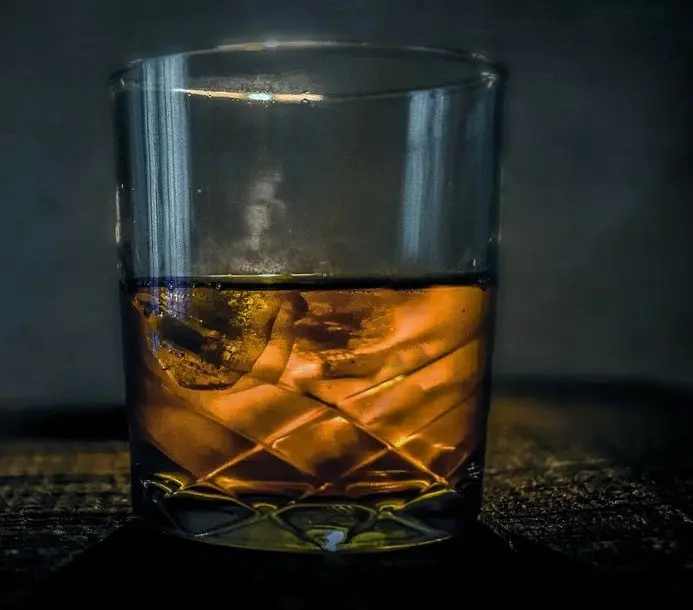Contents
The expression “angels’ share” is often used by distillers. The poetic term refers to the evaporation process that occurs during the aging of alcohol in barrels. Since wood is a porous material, part of the alcohol vapor gradually escapes into the environment, which leads to a natural loss. Next, let’s figure out who came up with this metaphor and what determines the losses in different types of drinks.
Origin of the term
The expression la part des anges (translated from French “angels’ share”) came from French. The exact origin of the phrase remains unknown, but one hypothesis attributes the authorship to a priest who served at the beginning of the XNUMXth century in Segonzac, a small town in the province of Charente. It was these lands that were once owned by the legendary inventor of cognac Chevalier de la Croix Maron.
According to legend, the holy father offered several barrels of cognac from his own cellars to his guest, the Bishop of Angoulême. He did not know much about winemaking and asked why the sealed containers were not filled to the top. The priest jokingly replied that the missing part is the “share of angels” who invisibly take part in tasting such a divine drink. The bishop was delighted with the poetic metaphor and spread it throughout society.
A number of experts believe that the root of the expression should be sought in alchemy, which was at the peak of popularity at the time of the birth of cognac production. In treatises on the search for the philosopher’s stone, images of angels served as allegorical symbols of the processes of sublimation or sublimation – the transition of solid substances to a gaseous state. Medieval alchemists took the first steps towards studying the processes of fermentation and distillation, so they could well have been the authors of the expression, which was then fixed in winemaking.
“The share of angels” brought a lot of trouble to illegal cognac producers. The alcohol vapors served as a breeding ground for the fungus Baudoinia compniacensis, which covered the walls and roofs of cellars with a soot-like coating. In search of underground distilleries, the authorities inspected the houses and determined the violators by the changed color of the ceilings.

Now French winemakers are proud of the dark coating on the walls of their factories, which is called the “angels effect”. A thick layer of fungus formed by alcohol vapor serves as an unspoken confirmation of the long aging period and the excellent quality of the winery’s products.
What determines the evaporation of alcohol in a barrel
Each manufacturer of aged beverages maintains a planned calculation of losses from natural evaporation. Several factors influence the process:
- humidity and temperature in the room;
- climatic conditions in the region;
- oak quality and stave size;
- volume of holding tanks;
- duration of storage;
- barrel location.
Depending on the storage conditions, the “angels’ share” of cognac is from 2 to 6% of the volume of each barrel per year. Both water and pure alcohol evaporate, therefore, over the same period of time, the strength of the distillate may decrease by 0,1-0,5%. The reason for the spread is the difference in temperature and humidity in the cellars. Dry air retains degrees, but contributes to the decline due to the evaporation of water, which gives the cognac a pronounced character. A humid atmosphere reduces the strength, but makes the taste of the drink round and soft.

The “angels’ share” of whiskey depends on the climate in the country of production. In Scottish enterprises, the average loss is 2% per year. At factories in Kentucky and Tennessee, due to high air temperatures, the loss of bourbon approaches 4%, and for a young drink in the first year of storage, it can reach 10%. American growers believe that the hot climate speeds up maturation and equate a year of aging in Kentucky to three years in Scotland.
Premium rums are aged in bourbon, sherry or brandy casks. Leading manufacturers are located in the Caribbean, where the tropical climate increases losses. In the case of rum, the “angel’s share” is 7-10% per year. However, distillery owners put up with a decline, as long-term contact of distillate with wood brings vanilla, fruity and coffee notes to the bouquet.
It is estimated that due to the “angels’ share” factories in the Cognac region annually lose up to 20 million bottles of the drink. For six years of exposure from the barrel evaporates up to a quarter of its volume. It would seem that the solution to the problem is simple – a PVC container could completely stop the process. But manufacturers do not follow this path, since polyethylene will block the access of air inside the container. Oxygen is necessary for cognac, whiskey or rum to oxidize, stimulating their saturation with tannins, so sealing barrels will lead to a noticeable decrease in the quality of drinks.
The “share of angels” is regulated by changing the conditions of aging in the cellars, which are necessarily protected from drafts. There are proponents of both wet and dry storage among winemakers. Large cognac producers have at their disposal several types of premises with different temperature and humidity conditions. In this way, cognac spirits with a different bouquet are obtained, which are then mixed in blends.
Inexpensive whiskey is aged in large barrels up to 500 liters, where losses are minimized. Premium varieties for several years before bottling are placed in small barrels, in which evaporation proceeds more intensively due to the increased area of contact with the tree.

The way the containers are stored also affects the process. For example, bourbon producers in Kentucky use nine-shelf racks for 27 barrels. The hottest air is at the very top, so bourbon is placed there, where more intensive evaporation of water is required. As a result, the strength of the drink is preserved and aromatic notes are enhanced.









